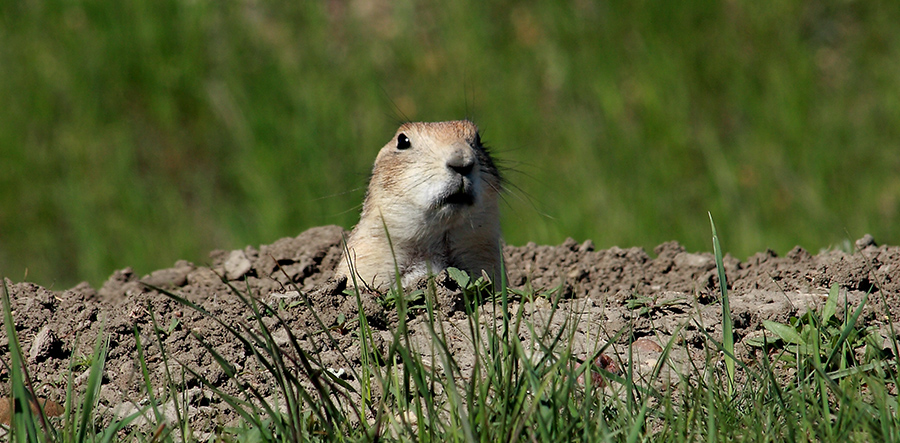Conclusions

Conservation in Practice
In this final chapter, we will look back over what we have learned, highlighting a number of core themes about applied conservation. We will begin with a summary of the insights gained from the case studies. Then we will review the key factors associated with successful conservation initiatives. Finally, we will consider how effectiveness can be maximized at the personal level.
The case studies in the previous chapter do not necessarily reflect how conservation should be done, but how it typically is done. Much can be learned from these examples about how conservation theory is translated into conservation practice.
First, the case studies confirm that conservation is mainly about managing people rather than managing wild species per se. Cumulative disturbances are the main overarching concern. It is not the harvest of a single forest stand, or the landing of an individual fish, or the one-time application of a pesticide that creates a conservation problem. Concerns arise when these activities accumulate over time and space and when different types of activities occur in the same area.
Second, trade-off decisions are a central feature of conservation, and compromise solutions are the norm. This was a consistent theme in the case studies. In practice, we do not seek to maintain biodiversity, but to limit the risk to biodiversity from human activities to a socially acceptable level. This risk calculation varies from case to case and over time.
Third, aspirational conservation objectives derived from a sound ecological reference state are a critical component of effective conservation. They drive the search for innovative management solutions and guard against the acceptance of progressively diminished conservation outcomes over time. As demonstrated by the walleye example, pre-emptive compromises and shifting baselines are barriers to conservation.
Fourth, conservation decision making is not driven by value trade-offs alone. Science has a central role, providing the foundation for making informed, optimal choices. In the case studies, science was used to characterize threats, develop effective management approaches, predict outcomes under different management options, and monitor outcomes. Examples of decision making that are purely science or value driven do exist, but they are the exception rather than the rule.
Fifth, conservation decision making is hierarchical and involves different decision makers operating at different levels. In principle, legislation and high-level policies guide lower-level decision making concerned with implementation. However, the case studies illustrate that the decision hierarchy is not well integrated. Moreover, high-level policy tends to feature vague terms, such as “maintain” and “health,” without defining what those terms mean (SARA being a notable exception). Consequently, the implementation of conservation measures entails interpreting higher-level policy in a case-specific context. This translation from policy to action is strongly influenced by local circumstances and by the interest, knowledge, and capacity of individuals operating at the base of the decision hierarchy. Thus, conservation is as much a bottom-up process as it is a top-down process.
Lastly, we see that conservation projects are not discrete entities. Individual projects are stages in an ever-evolving process subject to periods of relative stasis and periods of rapid change. Viewed over time, we can see that progress is being made (e.g., Al-Pac’s new approach to forest harvesting). But new threats continue to emerge as well (e.g., the technological advances that made Al-Pac’s mill economically viable in the first place). Like the mythical Sisyphus, who had to roll a large boulder up a hill each day only to have it roll down again, conservationists face a task that never ends.

